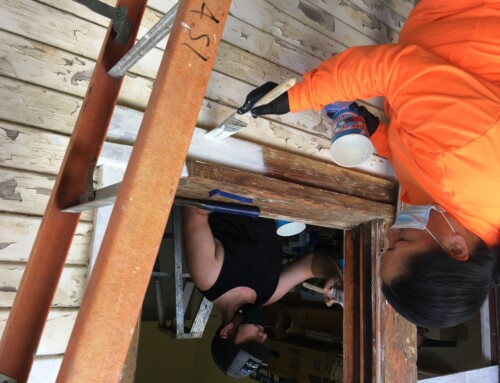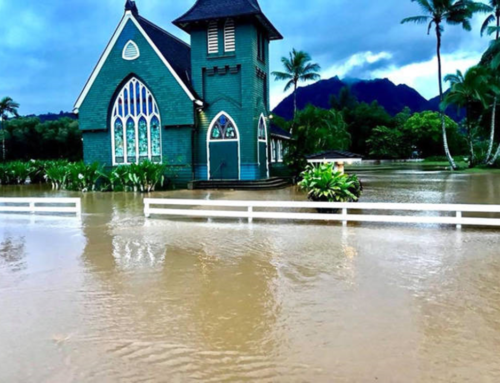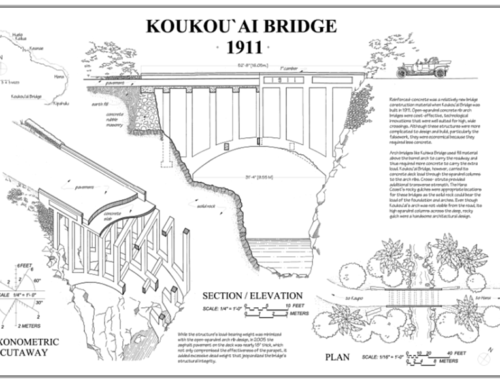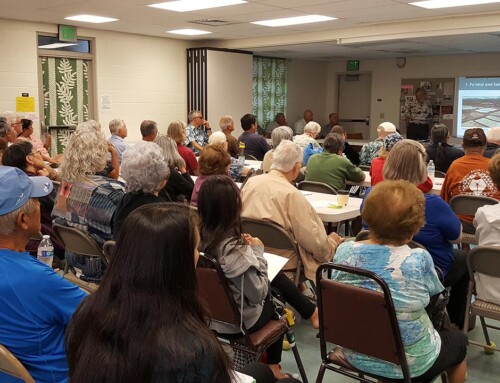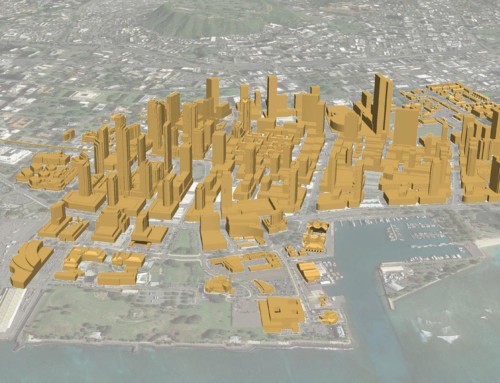The Secretary of the Interior’s Standards for the Treatment of Historic Properties (SoI Standards) were originally published in 1977 and revised in 1990 as part of the Department of the Interior regulations (36 CFR 67, Historic Preservation Certifications). These standards are in place to guide those undertaking projects on historic structures.
The Standards explain, in non-technical language, the general concepts that should be followed when undertaking work on a historic property. They pertain to all historic buildings of all materials, construction types, sizes, and occupancy, and they encompass the exterior and the interior of historic buildings. They also apply to related landscape features and a building’s site and environment, as well as attached, adjacent, or related new construction.
The standards provide property owners with general concepts as to how to go about undertaking work on the property while still maintaining its historic integrity. These are also the standards that the State Historic Preservation Division use when evaluating the effect of proposed projects on historic properties. The SoI Standards provide a fairly simple conceptual framework in which one can undertake work on a historic property.
The Standards address four different treatments of historic properties: preservation; rehabilitation; restoration; and reconstruction.
- Preservation places a high premium on the retention of all historic fabric through conservation, maintenance and repair. It reflects a building’s continuum over time, through successive occupancies, and the respectful changes and alterations that are made.
- Rehabilitation emphasizes the retention and repair of historic materials, but more latitude is provided for replacement because it is assumed the property is more deteriorated prior to work. These are the standards that are most often used by the State Historic Preservation Division when reviewing projects to historic properties.
- Restoration focuses on the retention of materials from the most significant time in a property’s history, while permitting the removal of materials from other periods. This treatment is often used for house museums or other sites depicting a particular era in history.
- Reconstruction establishes limited opportunities to re-create a non-surviving site, landscape, building, structure, or object in all new materials.
The Standards can be found at: http://www.nps.gov/hps/tps/standguide is automatically renewable for an unlimited number of additional ten year periods.



